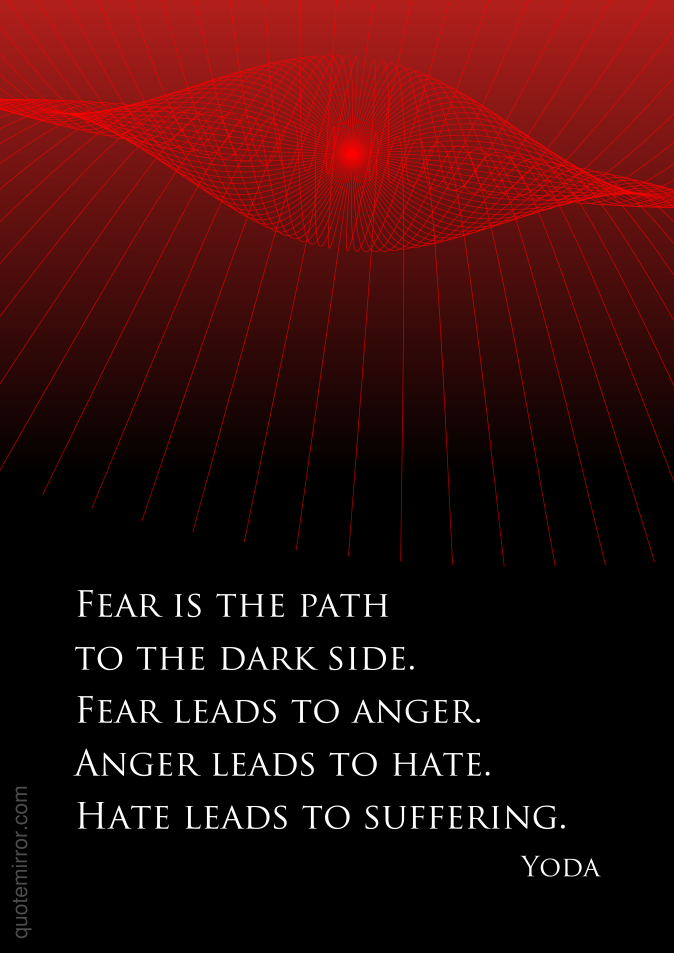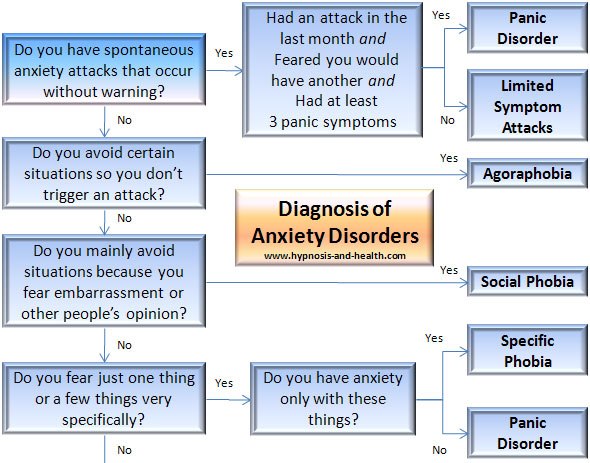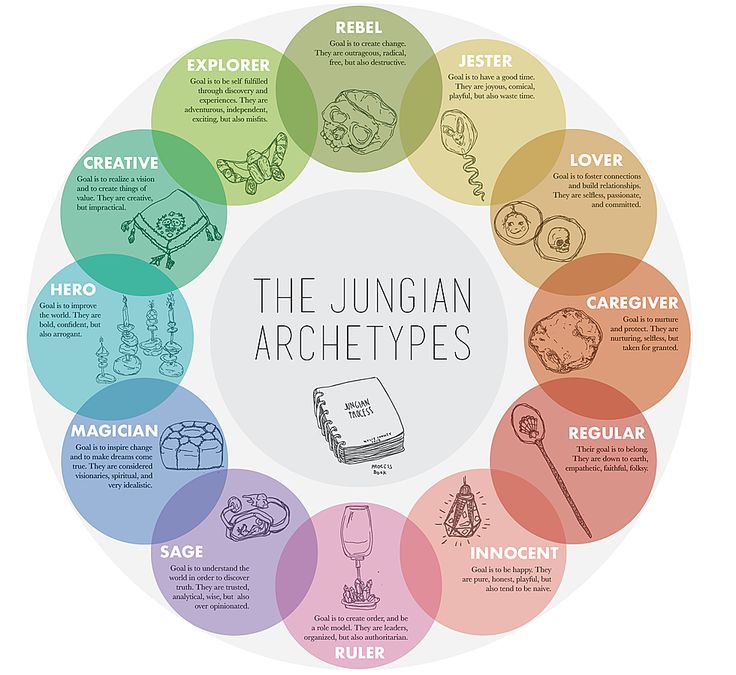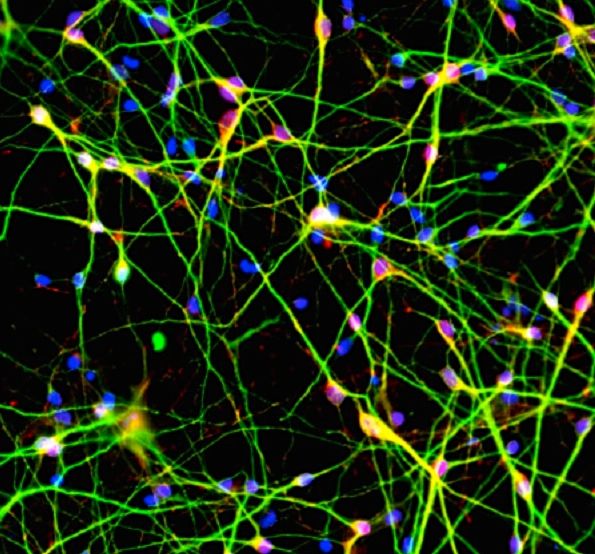Fear is good
Fears and Phobias (for Teens)
The roller coaster hesitates for a split second at the peak of its steep track after a long, slow climb. You know what's about to happen — and there's no way to avoid it now. It's time to hang onto the handrail, palms sweating, heart racing, and brace yourself for the wild ride down.
What Is Fear?
Fear is one of the most basic human emotions. It is programmed into the nervous system and works like an instinct. From the time we're infants, we are equipped with the survival instincts necessary to respond with fear when we sense danger or feel unsafe.
Fear helps protect us. It makes us alert to danger and prepares us to deal with it. Feeling afraid is very natural — and helpful — in some situations. Fear can be like a warning, a signal that cautions us to be careful.
Like all emotions, fear can be mild, medium, or intense, depending on the situation and the person. A feeling of fear can be brief or it can last longer.
How Fear Works
When we sense danger, the brain reacts instantly, sending signals that activate the nervous system. This causes physical responses, such as a faster heartbeat, rapid breathing, and an increase in blood pressure. Blood pumps to muscle groups to prepare the body for physical action (such as running or fighting). Skin sweats to keep the body cool. Some people might notice sensations in the stomach, head, chest, legs, or hands. These physical sensations of fear can be mild or strong.
This response is known as "fight or flight" because that is exactly what the body is preparing itself to do: fight off the danger or run fast to get away. The body stays in this state of fight–flight until the brain receives an "all clear" message and turns off the response.
Sometimes fear is triggered by something that is startling or unexpected (like a loud noise), even if it's not actually dangerous. That's because the fear reaction is activated instantly — a few seconds faster than the thinking part of the brain can process or evaluate what's happening. As soon as the brain gets enough information to realize there's no danger ("Oh, it's just a balloon bursting — whew!"), it turns off the fear reaction. All this can happen in seconds.
All this can happen in seconds.
page 1
Fears People Have
Fear is the word we use to describe our emotional reaction to something that seems dangerous. But the word "fear" is used in another way, too: to name something a person often feels afraid of.
People fear things or situations that make them feel unsafe or unsure. For instance, someone who isn't a strong swimmer might have a fear of deep water. In this case, the fear is helpful because it cautions the person to stay safe. Someone could overcome this fear by learning how to swim safely.
A fear can be healthy if it cautions a person to stay safe around something that could be dangerous. But sometimes a fear is unnecessary and causes more caution than the situation calls for.
Many people have a fear of public speaking. Whether it's giving a report in class, speaking at an assembly, or reciting lines in the school play, speaking in front of others is one of the most common fears people have.
People tend to avoid the situations or things they fear. But this doesn't help them overcome fear — in fact, it can be the reverse. Avoiding something scary reinforces a fear and keeps it strong.
But this doesn't help them overcome fear — in fact, it can be the reverse. Avoiding something scary reinforces a fear and keeps it strong.
People can overcome unnecessary fears by giving themselves the chance to learn about and gradually get used to the thing or situation they're afraid of. For example, people who fly despite a fear of flying can become used to unfamiliar sensations like takeoff or turbulence. They learn what to expect and have a chance to watch what others do to relax and enjoy the flight. Gradually (and safely) facing fear helps someone overcome it.
Fears During Childhood
Certain fears are normal during childhood. That's because fear can be a natural reaction to feeling unsure and vulnerable — and much of what children experience is new and unfamiliar.
Young kids often have fears of the dark, being alone, strangers, and monsters or other scary imaginary creatures. School-aged kids might be afraid when it's stormy or at a first sleepover. As they grow and learn, with the support of adults, most kids are able to slowly conquer these fears and outgrow them.
Some kids are more sensitive to fears and may have a tough time overcoming them. When fears last beyond the expected age, it might be a sign that someone is overly fearful, worried, or anxious. People whose fears are too intense or last too long might need help and support to overcome them.
page 2
Phobias
A phobia is an intense fear reaction to a particular thing or a situation. With a phobia, the fear is out of proportion to the potential danger. But to the person with the phobia, the danger feels real because the fear is so very strong.
Phobias cause people to worry about, dread, feel upset by, and avoid the things or situations they fear because the physical sensations of fear can be so intense. So having a phobia can interfere with normal activities. A person with a phobia of dogs might feel afraid to walk to school in case he or she sees a dog on the way. Someone with an elevator phobia might avoid a field trip if it involves going on an elevator.
A girl with a phobia of thunderstorms might be afraid to go to school if the weather forecast predicts a storm. She might feel terrible distress and fear when the sky turns cloudy. A guy with social phobia experiences intense fear of public speaking or interacting, and may be afraid to answer questions in class, give a report, or speak to classmates in the lunchroom.
It can be exhausting and upsetting to feel the intense fear that goes with having a phobia. It can be disappointing to miss out on opportunities because fear is holding you back. And it can be confusing and embarrassing to feel afraid of things that others seem to have no problem with.
Sometimes, people get teased about their fears. Even if the person doing the teasing doesn't mean to be unkind and unfair, teasing only makes the situation worse.
What Causes Phobias?
Some phobias develop when someone has a scary experience with a particular thing or situation. A tiny brain structure called the amygdala (pronounced: uh-MIG-duh-luh) keeps track of experiences that trigger strong emotions. Once a certain thing or situation triggers a strong fear reaction, the amygdala warns the person by triggering a fear reaction every time he or she encounters (or even thinks about) that thing or situation.
Once a certain thing or situation triggers a strong fear reaction, the amygdala warns the person by triggering a fear reaction every time he or she encounters (or even thinks about) that thing or situation.
Someone might develop a bee phobia after being stung during a particularly scary situation. For that person, looking at a photograph of a bee, seeing a bee from a distance, or even walking near flowers where there could be a bee can all trigger the phobia.
Sometimes, though, there may be no single event that causes a particular phobia. Some people may be more sensitive to fears because of personality traits they are born with, certain genes they've inherited, or situations they've experienced. People who have had strong childhood fears or anxiety may be more likely to have one or more phobias.
Having a phobia isn't a sign of weakness or immaturity. It's a response the brain has learned in an attempt to protect the person. It's as if the brain's alert system triggers a false alarm, generating intense fear that is out of proportion to the situation.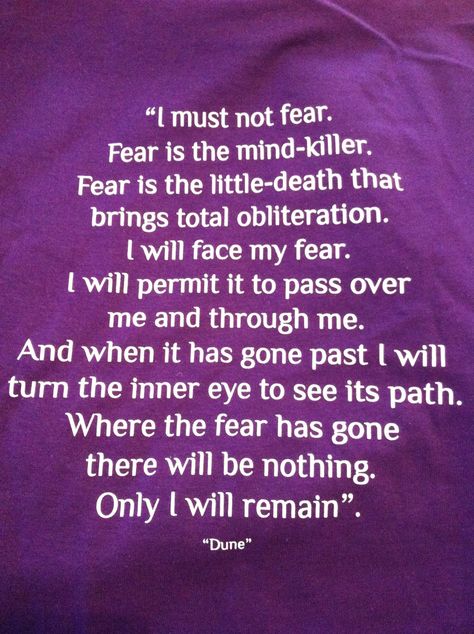 Because the fear signal is so intense, the person is convinced the danger is greater than it actually is.
Because the fear signal is so intense, the person is convinced the danger is greater than it actually is.
page 3
Overcoming Phobias
People can learn to overcome phobias by gradually facing their fears. This is not easy at first. It takes willingness and bravery. Sometimes people need the help of a therapist to guide them through the process.
Overcoming a phobia usually starts with making a long list of the person's fears in least-to-worst order. For example, with a dog phobia, the list might start with the things the person is least afraid of, such as looking at a photo of a dog. It will then work all the way up to worst fears, such as standing next to someone who's petting a dog, petting a dog on a leash, and walking a dog.
Gradually, and with support, the person tries each fear situation on the list — one at a time, starting with the least fear. The person isn't forced to do anything and works on each fear until he or she feels comfortable, taking as long as needed.
A therapist could also show someone with a dog phobia how to approach, pet, and walk a dog, and help the person to try it, too. The person may expect terrible things to happen when near a dog. Talking about this can help, too. When people find that what they fear doesn't actually turn out to be true, it can be a great relief.
A therapist might also teach relaxation practices such as specific ways of breathing, muscle relaxation training, or soothing self-talk. These can help people feel comfortable and bold enough to face the fears on their list.
As somebody gets used to a feared object or situation, the brain adjusts how it responds and the phobia is overcome.
Often, the hardest part of overcoming a phobia is getting started. Once a person decides to go for it — and gets the right coaching and support — it can be surprising how quickly fear can melt away.
Adventure Collection | 10 Reasons Why a Dose of Fear Is Good for You
Posted at 09:00h in Tips & Advice by Candice Gaukel Andrews
“Adventure” is defined as “undertaking risks or having a remarkable experience,” such as mountain biking.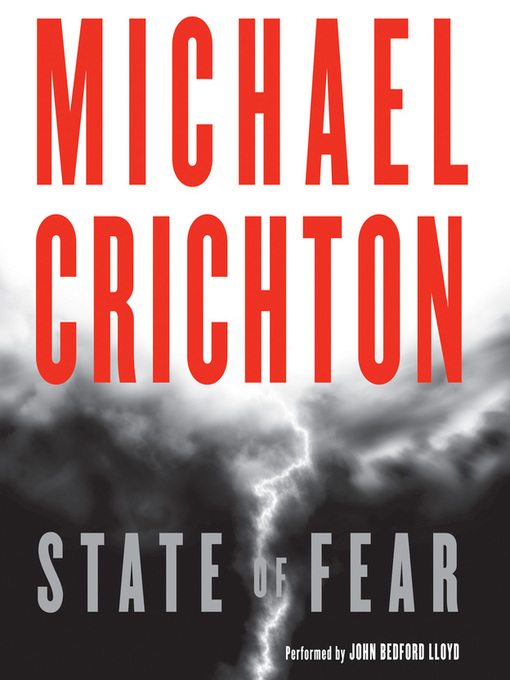 Embrace that shiver that goes down your spine because fear, in small doses, is good for you in a number of ways.
Embrace that shiver that goes down your spine because fear, in small doses, is good for you in a number of ways.
Eleanor Roosevelt once said “Do one thing every day that scares you.”
She was onto something. Science has shown that feeling fear—in the right doses—has several benefits. And what induces fear is taking risks, such as you do when you embark on a new adventure.
The Merriam-Webster dictionary defines adventure as “an undertaking usually involving danger and unknown risks; an exciting or remarkable experience; or the encountering of risks.”
So, as an adventurer, I want you to embrace that little shiver that goes down your spine when you first step into a Tanzanian forest to track wild chimpanzees or thread a mountain bike between Canadian Rockies boulders. That fear is a good thing, and it should have a place in your life. Below, you’ll find just 10 of the reasons why.
The benefits of fearSome people like to intentionally scare themselves by engaging in thrilling activities, such as shooting white-water rapids.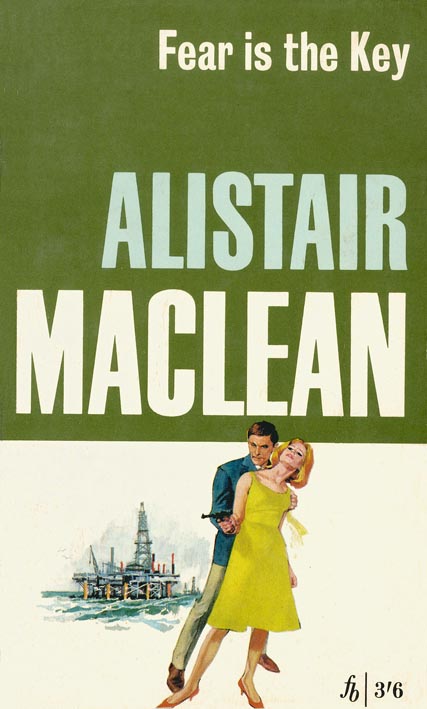
1. Fear keeps you safe. Fear acts as an internal danger alarm. It compels you to action and helps you make wise and prudent decisions.
Without fear, you wouldn’t live very long because you wouldn’t be aware of or care about the threats around you. You might dart across a busy road and be incapable of reacting in that split second when you realize that a car is racing toward you. When you get scared, your body reacts physically so that you can handle danger, also known as the fight-or-flight response. Without this fear response when you’re in jeopardy, you wouldn’t have the energy, focus, speed or strength to fight or flee.
2. Fear helps you lose weight. Believe it or not, feeling a bit of fear burns more calories than when you are not afraid. As your pulse quickens, your body experiences a surge in adrenaline. Your metabolism goes into high gear and starts to burn sugar and fat, and your heart starts beating faster to get the resources to your muscles. In one study, physiologists at London’s University of Westminster found that when subjects watched horror movies such as The Shining or The Exorcist, they burned an average 113 calories—about the equivalent of what they would burn on a half-hour walk.
In one study, physiologists at London’s University of Westminster found that when subjects watched horror movies such as The Shining or The Exorcist, they burned an average 113 calories—about the equivalent of what they would burn on a half-hour walk.
3. Fear temporarily boosts your immune system. In a 2009, Coventry University, United Kingdom, study, participants were shown a horror flick. Blood samples of the study participants were taken before and after the viewing. The results showed that physiological fear responses caused the film-watchers to experience a lift in activated white blood cells, the type of cells that enable you to fight disease and repair your body. The amount of white blood cells you have is a marker of the strength of your immune system.
4. Feeling fear—in the right dose—is fun and exciting. Speaking of horror movies, many people scare themselves deliberately—and not just around Halloween. They ride roller coasters, go skydiving or shoot notorious white-water rapids.
Joggers can achieve a runner’s high by switching their routine trails for routes that are a bit scary because of more unstable footing.
When you step outside your comfort zone, it is fear that makes you feel alive, which is fun and exciting. The excitement generated can also help alleviate depression by increasing adrenaline, which in turn increases arousal, excitement and glucose (converted into energy). Just as caffeine can put you in an optimal state of performance but too much can be detrimental and make you crash, a little bit of fear is a boost of adrenaline. It’s nearly impossible to be thinking of your everyday pressures and worries when you’re experiencing fear or feeling scared. A dose of fear is an “eraser” for the mind.
5. Fear gives you a natural high and a sense of empowerment. Not only is adrenaline released when you feel fear but other chemicals as well, such as dopamine, endorphins, oxytocin and serotonin. There’s a good reason for that: serotonin, in particular, helps your brain to work more efficiently. Fear is energy.
Fear is energy.
For example, if you’re a runner and you tackle the same three-mile loop every day, you’re much less likely to get into a runner’s high than if you find a new and unfamiliar place with some precarious footing where you’ll be a bit scared and where you’ll really need to focus. The brain craves new challenges; it’s the key to neuroplasticity.
And every time you come through a challenge and accomplish your goals, you feel empowered. This natural, biological high often lasts longer than the time you spent feeling scared, which is why you feel so great afterward.
Ralph Waldo Emerson said “Do the thing, and you will have the power,” which means that the moment you decide to do something that scares you, you’ve already generated the energy you need to achieve it.
When you accomplish your goals despite your fear, you feel empowered.
6. Fear helps you manage stress and relaxes you. Stress is fear-based. You worry that things won’t turn out right or the way that would be the most beneficial for you. Physically, under stress, your body and brain are bombarded with adrenaline and dopamine, which speed up your heart rate and blood pressure, flooding your muscles with oxygen to prepare you for fight or flight. Your senses buzz to life.
Physically, under stress, your body and brain are bombarded with adrenaline and dopamine, which speed up your heart rate and blood pressure, flooding your muscles with oxygen to prepare you for fight or flight. Your senses buzz to life.
That cascade of natural opioids released from your brain makes the “noise” in your head fade, and you may feel very calm.
7. Fear helps you stay in the present moment and to focus. Thinking about the future outcome of something unknown can be enough to scare you. If you’re feeling a little worried or anxious about it—in other words, fearful—you can harness that fear to get you to focus on whatever work or planning that needs to be done.
While the adrenaline that’s released when you’re scared alerts your nervous system to get into gear, norepinephrine, another hormone that is released, keeps you focused instead of panicked. Norepinephrine allows clearer thinking under stress, which is why it’s used in many antidepressants.
We live in a world of constant, mind-numbing distractions. Fear snaps us out of TV-watching and Web-surfing mode and into being fully awake and alert.
Feeling fear releases oxytocin, which makes you want to bond socially with others. The brain’s instinct is to group with other humans in order to successfully survive.
8. Fear socializes you and bonds you to other people. When you feel fearful, oxytocin is released, a hormone associated with prosocial behavior.
Oxytocin makes you seek out the comfort of others. The brain’s survival instinct is to pair with other humans in order to increase the chances of survival. The classic image of people huddling together on the couch while watching a scary movie is a perfect example.
9. Fear allows you to live life to the fullest. When you fear something, you have a choice: you can let that fear stop you, or you can face it head-on and expand the possibilities and opportunities in your life.
Being afraid of something can alert you to an area of your life that is limiting you. For instance, if you’re afraid of flying but face the fear and muster up the courage to step on an airplane, you can travel the world.
Adding to your experiences means that you’ll create a varied and full life, which is extremely rewarding. You’ll also have fewer regrets.
10. Fear gives you clarity on what’s really important in life. When you’re fearful for a sick child, an aging parent or a career move, your fear can be a great clarifier on how to take care of what is truly most important in your life.
The place where fear meets courage is where mountains get summited.
How often have you said to yourself: “When I have more time, I’ll spend it with my family, pursue my passion, eat healthier or exercise more”? Fear makes you realize that “now” is the only time you have to achieve and follow through on what is most important. “Later” is never guaranteed.
The sweet spot of fearSome say where fear meets courage is the sweet spot in which mountains get scaled and rivers are run.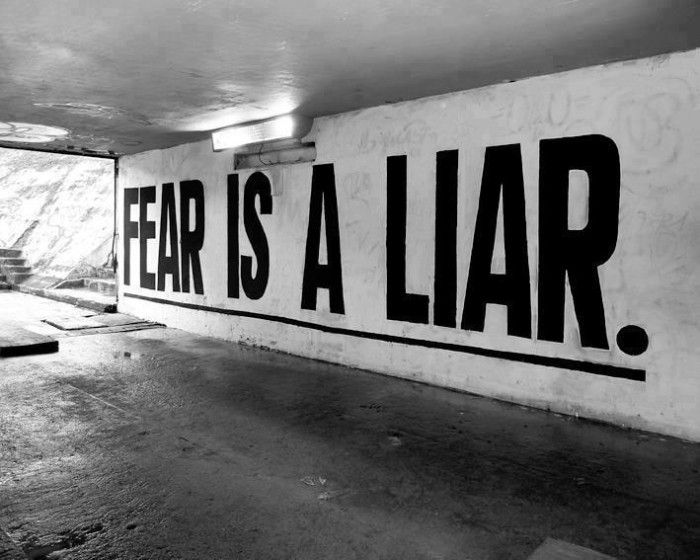 Most of all, fear can be the birthplace of change, creativity and innovation.
Most of all, fear can be the birthplace of change, creativity and innovation.
We should all embrace our fear. Not the big fears that are life-threatening but the helpful fears that come in small doses. A little fear really wants the best for us as Eleanor Roosevelt suggested, and transforms us into better, healthier and more engaged people.
Here’s to your adventures, in whatever corner of the world you find them,
Candy
The following two tabs change content below.
- Bio
- Latest Posts
A multiple award-winning and five-time book author and writer specializing in environmental issues and nature-exploration topics, Candice Gaukel Andrews has traveled around the world—from the Arctic Circle to Antarctica and from Greenland’s coasts to Patagonia’s steppes—searching for and telling the stories that express the essence of a place.
To read her articles and see samples of her nature photography, visit her website at www.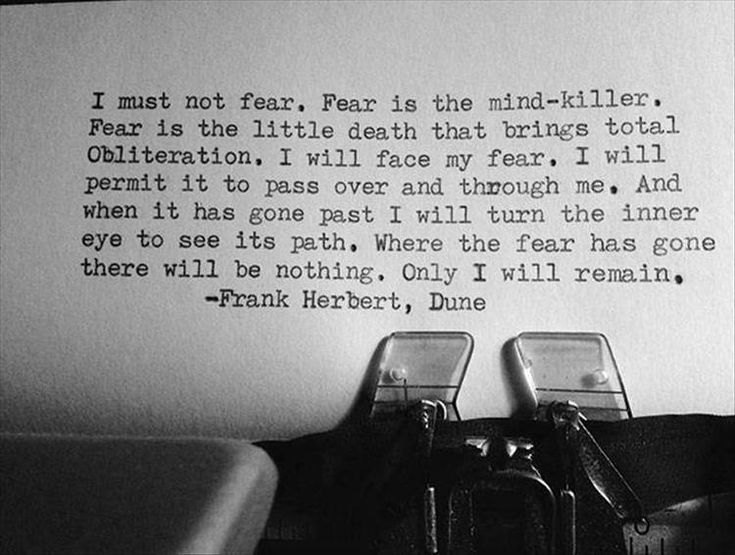 candiceandrews.com and like her Nature Traveler Facebook page at www.facebook.com/naturetraveler.
candiceandrews.com and like her Nature Traveler Facebook page at www.facebook.com/naturetraveler.
Psychologists: Fear is not always bad
18:00 Tue, April 04, 2017
After the tragedy that happened in St. Petersburg on April 3, many residents of the city are afraid of traveling by subway and other public transport. We learned from psychologists how to relate to this emotion and deal with it.
As psychologists say, fear is a normal feeling that occurs in every person who feels a threat to their safety. “Fear is a natural reaction of a person in a situation of threat, a very important psychological mechanism that protects us from danger. You don’t need to be ashamed of it, but you shouldn’t be afraid of everything - it can transform into a state that psychologists call “restrictive behavior”, which is practically a neurosis "If you constantly think about what can happen, you can lose your taste for life. You can not go to the other extreme - be a fatalist, demonstrate ostentatious fearlessness. Still, thanks to fear, you can avoid a lot in life. You need to be afraid actively - pay attention to suspicious people, suspicious objects, feel free to contact law enforcement officials with your observations,” recommends the rector of the East European Institute of Psychoanalysis, Doctor of Psychology Mikhail Reshetnikov.
Still, thanks to fear, you can avoid a lot in life. You need to be afraid actively - pay attention to suspicious people, suspicious objects, feel free to contact law enforcement officials with your observations,” recommends the rector of the East European Institute of Psychoanalysis, Doctor of Psychology Mikhail Reshetnikov.
The expert also noted that fear is not always a bad thing, because it is what makes one concentrate on specific situations. According to the psychologist, if the state of anxiety lasts for more than a month, you should contact a specialist and work through this injury.
How to overcome fear?
Medical psychologist of the Crisis-Prophylactic Department for Children and Adolescents. S. S. Mnukhina Lyubov Sekatskaya noted that the tragedy in the metro is a resonant event, from which "circles on the water disperse", and the further, the more people are involved in the situation. Everyone who listened to the news yesterday, watched the video, read the comments of eyewitnesses of the terrorist act, according to the expert, is also psychologically traumatized. This is the so-called "secondary traumatization" - we feel confusion, anger, we worry about loved ones.
This is the so-called "secondary traumatization" - we feel confusion, anger, we worry about loved ones.
"Psychological trauma actualizes our personal problems, exacerbates our fears and anxieties. When terrible things happen, it is important to remain conscious, do ordinary things, not letting yourself get stuck in the past and fixated on the trauma. Stay here and now," advises Lyubov Sekatskaya .
How is fear different from horror?
Political psychologist Maria Pushkina spoke about the fact that fear and horror are different concepts, and it is the task of the authorities to fight the latter. "Fear is what helps to live, and horror - it kills a person, makes his behavior destructive. Fear is specific, we know what exactly we are afraid of and what to do, and horror does not answer these questions. In order to get out of a situation of horror "We need to know what to do and be in a situation of dialogue with those who have this information - with representatives of the authorities.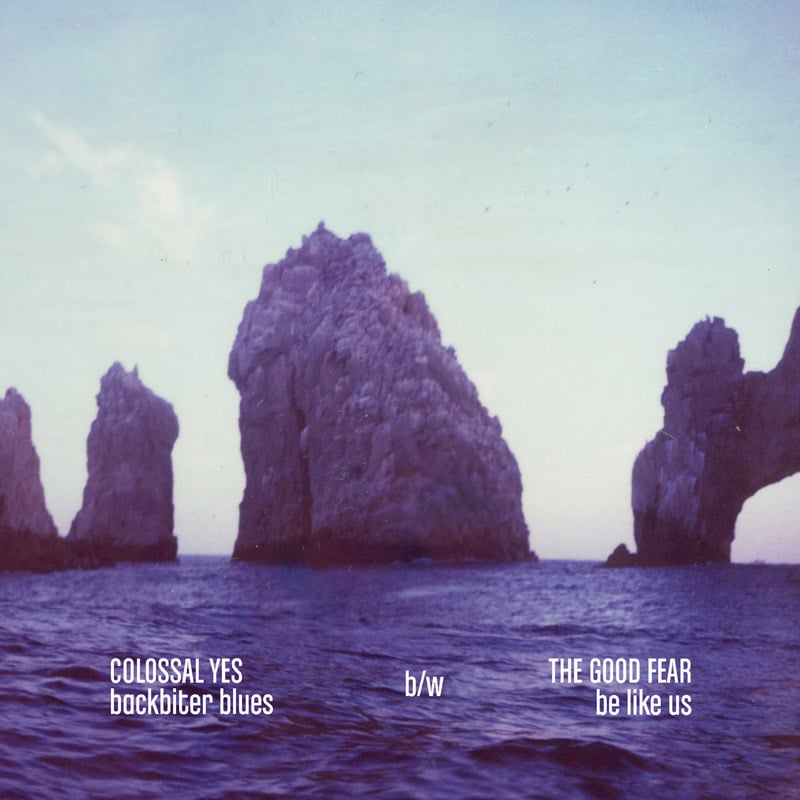 The task of the authorities is to be in constant contact with the population so that horror turns into fear."
The task of the authorities is to be in constant contact with the population so that horror turns into fear."
Why is there an increase in the number of "fake" stories after the tragedy?
Immediately after the tragic incident, false information began to be disseminated on the net about the mining of various metro stations, about new terrorist attacks being prepared, several explosions, as well as publishing outdated photos allegedly from the scene. Why is this happening?
"Due to psychological trauma - and this is a proven fact - there is a decrease in intelligence in people. People simply become stupid, they have a lot of emotions, they need a discharge. As a rule, powerful emotions require publicity. For the last 20 years, psychiatrists and psychologists say about mental disorders transmitted by information. When you read or hear something, it's just information. But when you watch footage on TV or in the cinema, you become an accomplice in events, and all your experiences are akin to the experiences of an eyewitness, a participant in events " , - explains Mikhail Reshetnikov.
Why did the residents of the city help each other after the terrorist act?
Maria Pushkina spoke about the theory of the American sociologist Neil Smelser. He singled out six stages of structural changes in society, but the expert drew attention to the fourth - the acceleration stage. “At this stage, something should happen that quickly transforms the consciousness of a person. Unfortunately, all scenarios are negative - Smelser also mentions terrorist attacks. That is why we observe the effect of a change in consciousness - this is a natural reaction of society,” said Maria Pushkina.
Share on social networks
Media news2
What is fear: where does it come from and how to get rid of it
Fear is a basic emotion that helps to avoid danger. But its downside is chronic stress, anxiety and panic. Understanding the nature of fear and how to manage it
What is fear
Fear is an emotion that arises in a situation of threat to the biological or social existence of a person. It is directed at the source of danger, which can be both real and imagined. Fear is felt as anxiety, restlessness and mental turmoil.
It is directed at the source of danger, which can be both real and imagined. Fear is felt as anxiety, restlessness and mental turmoil.
At the same time, scientists do not have an unambiguous interpretation explaining what fear is. American psychologist William James called fear a basic instinct and one of the seven most powerful emotions. Sigmund Freud considered fear to be an affective state of expectation of some kind of threat. Fear of something specific he called fear, and pathological fear - phobia. The American psychologist Carroll Izard argued that fear manifests itself as anxiety or a disturbing foreboding. And it is one of the most dangerous emotions - it can bring a person to death.
Fear is characteristic not only for people, but also for animals. So, many species of mammals are afraid of thunderstorms and thunder, new unfamiliar objects. Charles Darwin, in The Emotions of Men and Animals, noted that the emotion of fear manifests itself in a similar way in all closely related species.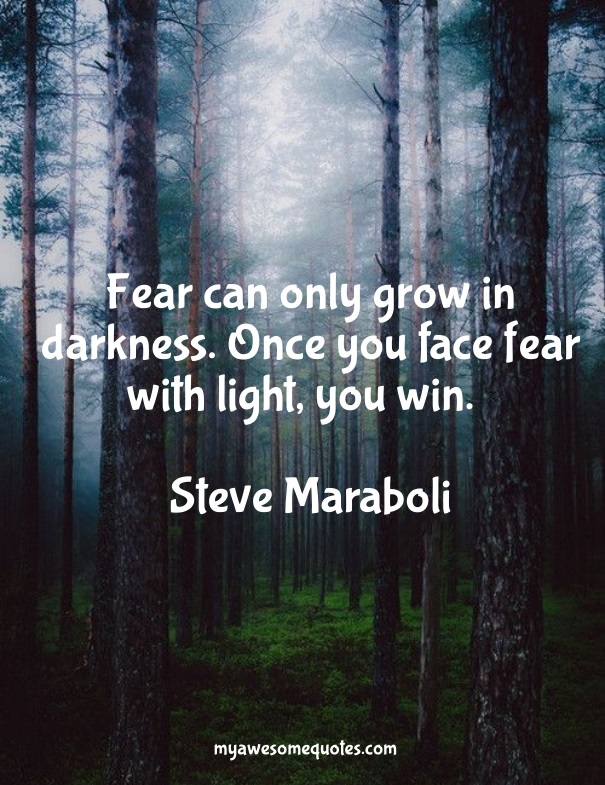 However, unlike primates, humans fear not only real but also imagined threats.
However, unlike primates, humans fear not only real but also imagined threats.
In 2015, videos of cats that are afraid of cucumbers became very popular - in fact, their fear is caused by the fact that cucumbers are discreetly placed behind them
How fear differs from a phobia
An extreme level of fear can lead to the development of a phobia - an obsessive fear of certain objects, movements, actions and situations. Phobias turn the normal fear response into something that is difficult or impossible to control. Among the most common phobias in humans are: fear of spiders and snakes, fear of heights, thunder and lightning, fear of injections, public speaking and small spaces.
How fear manifests itself
Fear consists of two main components: physical and emotional reactions.
Physical reaction to fear
Each person may experience fear differently, but some physical reactions are similar:
- pupils dilate;
- heartbeat accelerates;
- breathing quickens and becomes shallow;
- skin turns pale, face reddens;
- muscles tense all over the body, which may cause them to shake or tremble;
- Nausea appears in the stomach.

The purpose of these bodily responses is to prepare the person to fight for life or run away from a threat - this is called the "fight or flight" response. In an emergency, it causes blood to rush to the muscles, raises blood sugar levels, and gives the mind the ability to focus on what the body perceives as a threat.
Emotional reaction to fear
Emotional reaction to fear is individual for each person. When fearful, people may experience emotions such as:
- anger;
- alarm;
- anxiety;
- anger.
Scientists have also shown that there are differences in how people express fear in different cultures, situations, and even within the same situation.
Are there people who are fearless?
The complete absence of fear is observed in people with Urbach-Wiethe disease, a rare genetic disease that leads to damage to the amygdala in the brain, which is responsible for the feeling of fear.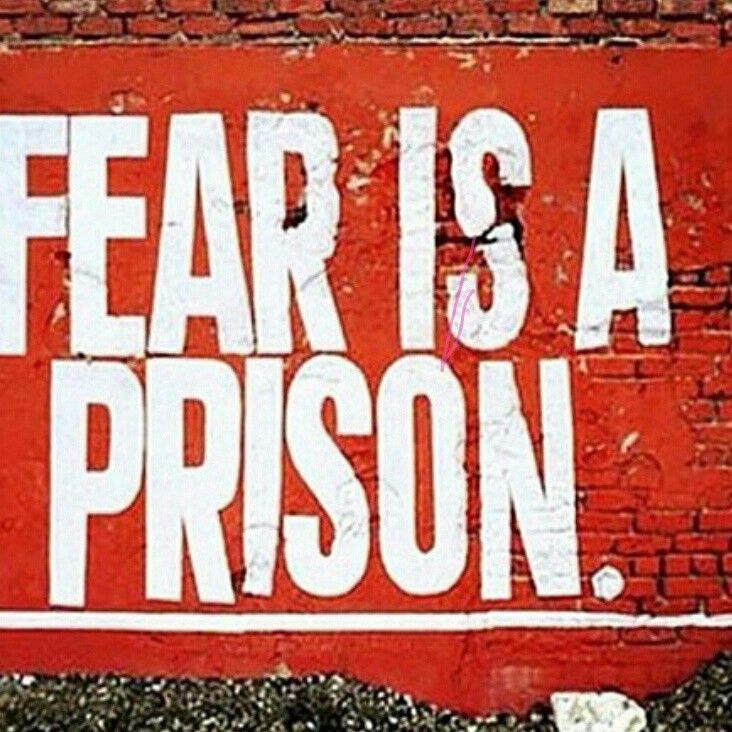 The disease is rare - less than 300 people worldwide are registered in the medical literature.
The disease is rare - less than 300 people worldwide are registered in the medical literature.
Sounds like a superpower, but it's not. Such people do not have an instant reaction to the danger of "fight or flight", it is easy for them to get into trouble. The full awareness of mortal danger will cause them nothing but surprise or interest.
Fearless can be called people who perform feats in extreme situations. But in this case, the “fight or flight” reaction works here - fear gives strength and courage.
Where do fears come from
The reasons why we experience fear depend on individual characteristics: gender, age, character and temperament, social environment. Scientists agree that the appearance of a certain fear or phobia is influenced by genetics, environment, acquired habits and experience.
Conventionally, fears can be divided into several groups:
- Congenital are fears that allow a person to know in advance about impending danger.
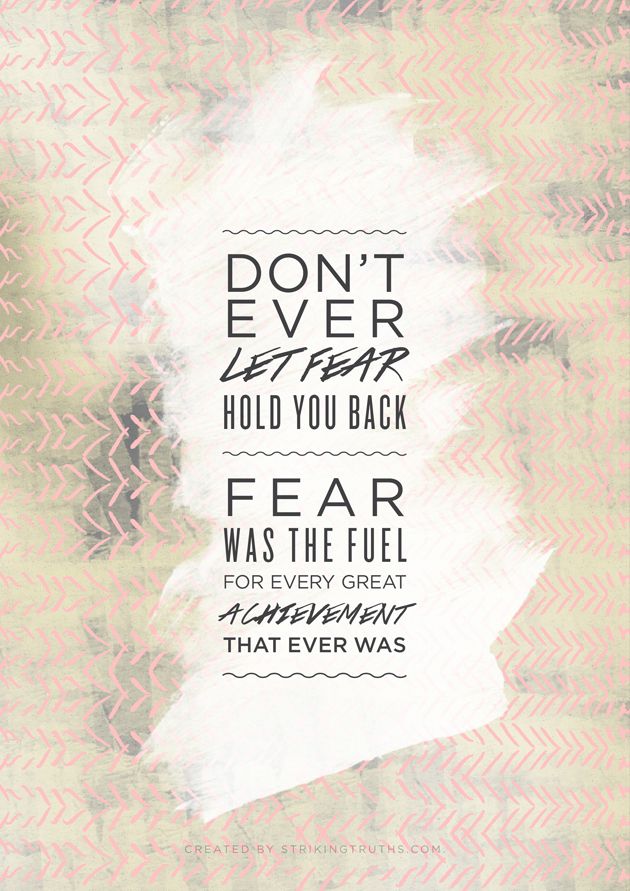 We are born with two innate fears: the fear of falling and the fear of loud noises. In ancient times, fear was the key to survival. For example, fear of predators, darkness, thunderstorms. The causes of these fears lie in the subconscious of each of us, and it is very difficult to eliminate them.
We are born with two innate fears: the fear of falling and the fear of loud noises. In ancient times, fear was the key to survival. For example, fear of predators, darkness, thunderstorms. The causes of these fears lie in the subconscious of each of us, and it is very difficult to eliminate them. - Acquired - These fears usually develop in childhood and may be the result of early traumatic experiences with the object, event, or situation causing the fear. For example, the fear of cars, which may arise due to an accident.
- Imaginary - fears associated with what a person has never encountered. The reasons for such fears are people's stories, media reports, influence from outside.
The Good Qualities of Fear
In many situations, fear is normal and healthy. Fear is a defensive reaction, because it is caution that is the basis of survival. It warns of an approaching threat and helps keep us from getting into dangerous situations.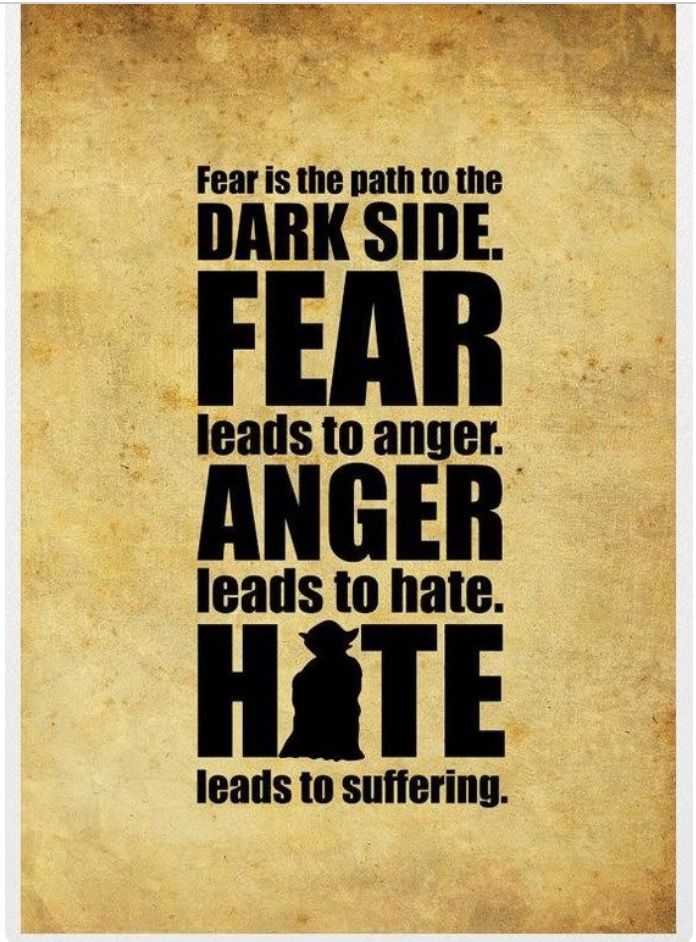 A person who cannot swim will not go deep into the water for fear of drowning.
A person who cannot swim will not go deep into the water for fear of drowning.
Fear also helps us react to danger without thinking about it, helps us focus and mobilize. For example, if a car is driving towards us, fear can make us jump out of the way and thus save our lives.
When fear is harmful
When it turns out to be far-fetched and has little to do with reality, when the threat turns out to be imaginary and there are simply no grounds for it, fear has a destructive effect on a person. The physical and emotional response to fear can be so extreme that it can negatively impact people's lives.
It restricts a person's freedom, makes him passive, distorts and even narrows his perception of what is happening. And if such fear arises again and again, it becomes impossible to live a full life. Unreasonable fear can cause absolute harm, becoming a serious psychological hindrance in life. You need to learn how to deal with such fears.
Oksana Okhotnikova, clinical psychologist, gestalt consultant:
“People like to divide all emotions into good and bad. At the same time, it is customary to somehow suppress and stop negative emotions. But this comes from ignorance of what emotions are and why they are needed. Emotions are the ancient regulator of our behavior. They allow us to assess the situation, to understand our needs. Emotions work faster than our conscious mind. Fear is neither bad nor good - it is a natural physiological reaction of the body in response to danger.
At the same time, it is customary to somehow suppress and stop negative emotions. But this comes from ignorance of what emotions are and why they are needed. Emotions are the ancient regulator of our behavior. They allow us to assess the situation, to understand our needs. Emotions work faster than our conscious mind. Fear is neither bad nor good - it is a natural physiological reaction of the body in response to danger.
Harm occurs when a person is constantly in fear - this causes somatic diseases and reduces immunity. When people are exhausted, they perceive any event harder. And fear itself makes a person’s life inferior.”
How to overcome fear
When fear causes severe anxiety or takes the form of a phobia, it is worth seeking help from a specialist. In other cases, you can try to cope with the feeling of anxiety on your own with the help of specific actions.
1. Admit your fear
Fear will not go away just because you ignore it. So the first thing to do is to realize that you are scared. This will help to replace anxious thoughts with more rational ones. By naming their fears, they shrink to size.
This will help to replace anxious thoughts with more rational ones. By naming their fears, they shrink to size.
Psychologists from the University of California have proved that a person is able to overcome his fear if he speaks it out. In the experiment, they offered people with a fear of spiders to speak out their emotion - the more detailed the participant's story was, the sooner he got rid of fear.
2. Think of a plan of action
Fear of fire can be explained if we see a fire. However, if every time we light a gas stove, we think about a fire, then we reason illogically. To reduce anxiety, write down instructions in which retreat paths will be thought out step by step in case your fear comes true.
It is important to separate fear and anxiety. Anxiety is directed to the future, to something that we cannot control, it is uncertain. Fear, on the other hand, is concrete and has boundaries. Therefore, it is important to focus on what you can change and thereby rationalize your fear.
3. Stop judging yourself
Fear is neither good nor bad. Think of it as information your body is telling you. Then evaluate how valuable this information is and what to do with it. Judging yourself for being afraid of something will not help you deal with your fear.
4. Get support from loved ones
You will feel better if you share your feelings with your loved ones. Perhaps your friends or family have gone through a similar experience and can give you valuable advice. Their support and participation will help to cope with any challenge.
5. Breathe deeply
Pause and take a deep breath when you are frightened. This will help activate the parasympathetic nervous system - it is responsible for rest, sleep and enjoyment. This is a calm, not active state of the body in which you can think clearly.
Don't rush your breath. There should be slow deep breathing in the belly. You can put your hand on your stomach and watch it rise and fall to get it right.